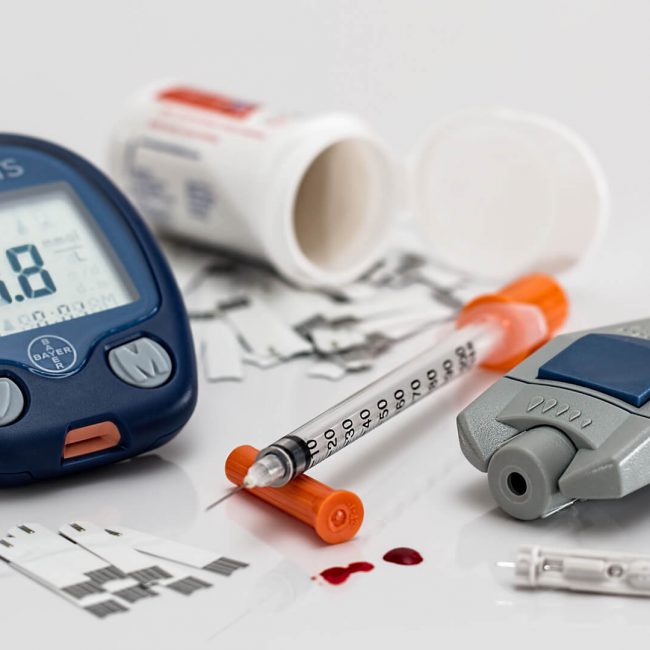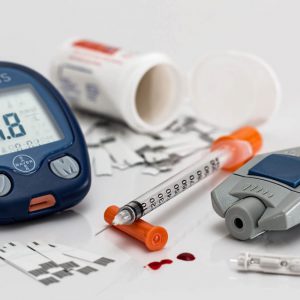It’s a simple blood test that lets your doctor measure how much ammonia is in your blood. Bacteria in your gut and in your cells create ammonia when your body breaks down protein. Ammonia is a waste product. Your liver turns ammonia into a chemical called urea.
To detect an elevated level of ammonia in the blood that may be caused by severe liver disease, kidney failure, or certain rare genetic urea cycle disorders; to help investigate the cause of changes in behavior and consciousness; to support the diagnosis of hepatic encephalopathy or Reye syndrome.
Reference Range
The lower limit of the reference range is 10-20 ?mol/L.
The upper limit of the reference range is 35-65 ?mol/L.



